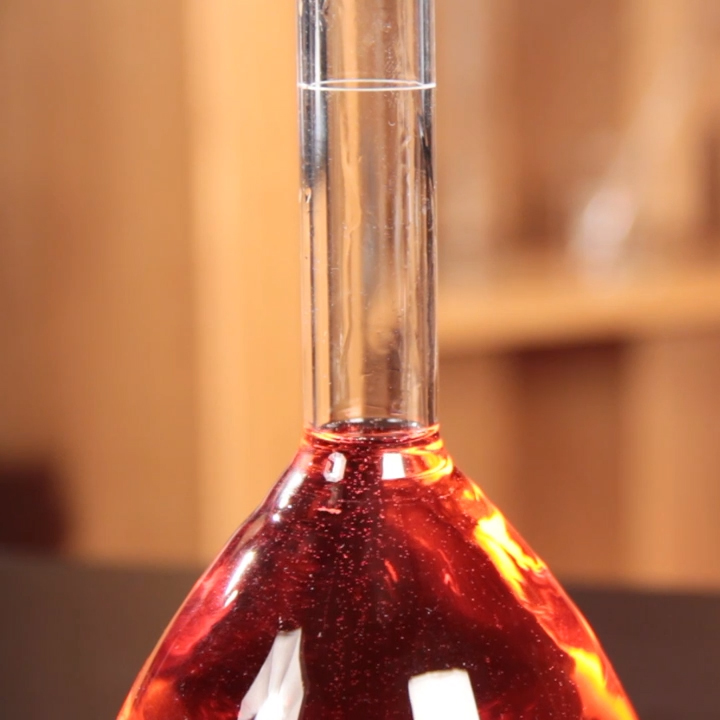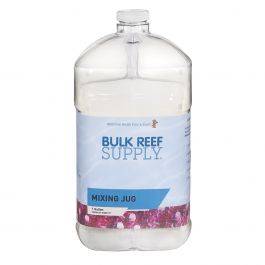Randy Holmes-Farley
Reef Chemist
View Badges
Staff member
Super Moderator
Excellence Award
Expert Contributor
Article Contributor
R2R Research
My Tank Thread
- Joined
- Sep 5, 2014
- Messages
- 67,516
- Reaction score
- 63,963
Anyone here experiencing large quantities of the high ph alk remaining undissolved in their sumps?for some reason i have a mound of it in my sump where my dosing lines are located. Is this normal
? My doser offsets dosing elements by 5 min to avoid mixing. @Randy Holmes-Farley im dosing about 50 - 60 ml a day. Thank you for any help
The precipitate is likely magnesium hydroxide (the cloud that forms instantly but can redissolve with mixing), and possibly some calcium carbonate (a permanently insoluble material that forms a bit more slowly).
Dose more slowly or more diluted into a higher volume to tank water with higher turbulence (or all of the above).



















